Name: Changdeokgung Palace
Address: 99 Yulgok-ro, Jongno-gu, Seoul, South Korea
Official/related website URL: http://eng.cdg.go.kr/main/main.htm
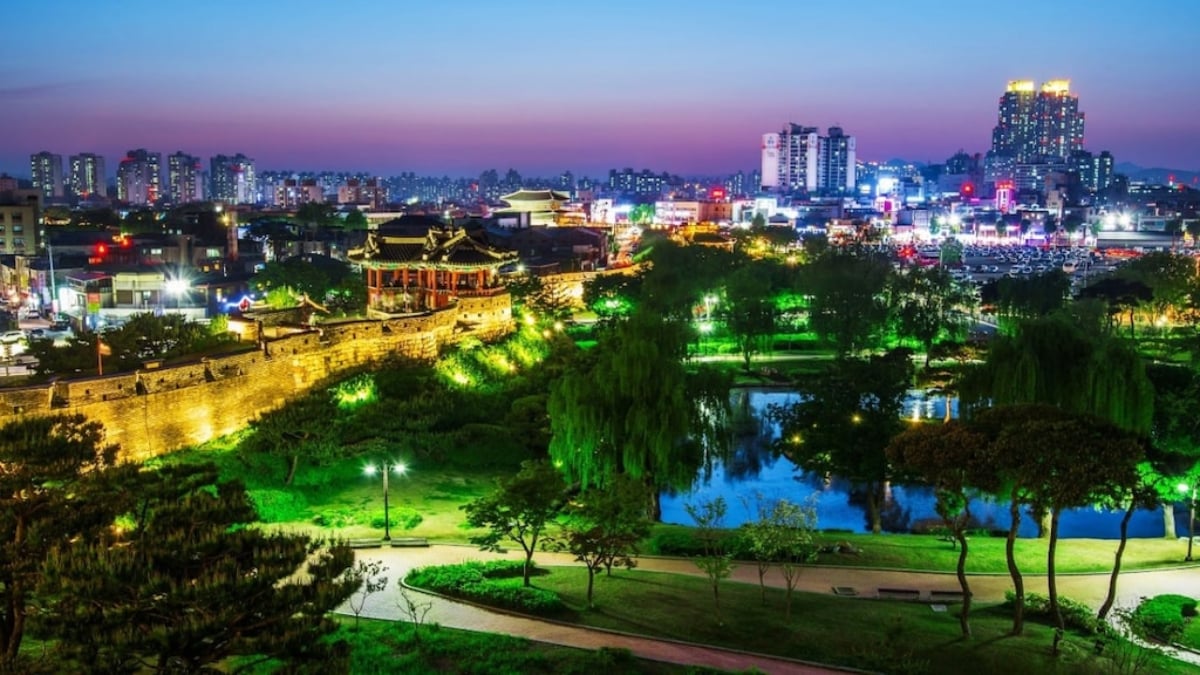
Visit 11 World Heritage Sites in Korea that will give you a sense of history
Scattered throughout the Korean Peninsula, there are 11 UNESCO World Cultural Heritage sites. Among them are easily accessible locations like Gyeongju, a popular tourist spot near Seoul, the capital, and Busan, the second-largest city.
Why not add a visit to one of these historical treasures to your next Korean adventure? By incorporating these UNESCO sites into your itinerary, you can experience a deeper appreciation for Korea's rich history and culture. These unique heritage sites offer a glimpse into Korea's past, showcasing a distinct beauty that sets them apart from temples and ruins. Let's explore some of Korea's must-see UNESCO World Heritage Sites
table of contents
[x] close
Visit 11 World Heritage Sites in Korea that will give you a sense of history
- 1. Changdeokgung Palace
- 2. Jongmyo Shrine
- 3. Suwon Hwaseong Fortress
- 4. Namhansanseong Fortres
- 5. Seokguram Grotto and Bulguksa Temple
- 6. Gyeongju Historic Area
- 7. Haeinsa Temple Library
- 8. Hahoe Village and Yangdong Village
- 9. Baekje Historic Areas
- 10. Gochang/Hwasun/Ganghwa dolmen ruins
- 11. Joseon Royal Tombs
- ◎Summary
1. Changdeokgung Palace
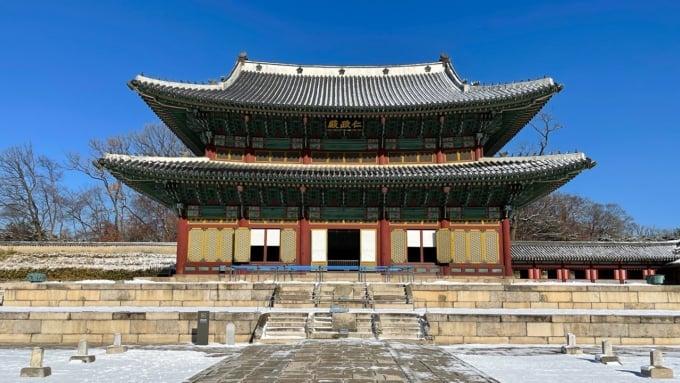
Changdeokgung Palace, designated as a UNESCO World Heritage site in 1997, is a Joseon Dynasty palace located in the heart of Seoul. Originally built as a secondary palace to Gyeongbokgung Palace, Changdeokgung offers a serene escape from the bustling city.
Given the popularity of both Gyeongbokgung and Changdeokgung among international tourists, it’s safe to say that these two palaces are among the most visited UNESCO World Heritage sites in South Korea.
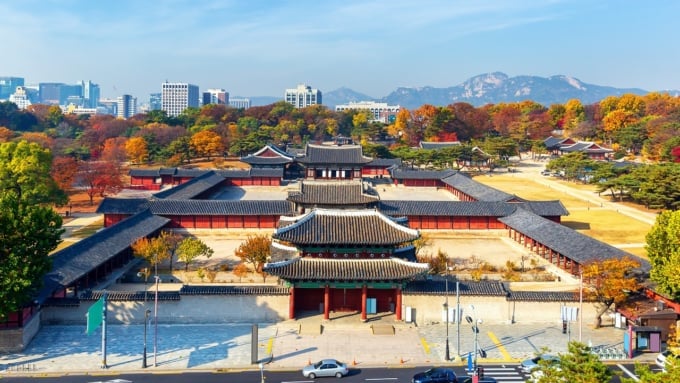
Spread across a vast expanse of land, Changdeokgung Palace boasts 13 magnificent palace buildings. The Injeongjeon and Daejojeon Halls, the palace's main halls, are architectural masterpieces that exemplify the majesty of Korea's cultural heritage.
A visit to the palace's magnificent 후원 (Huwon) or Secret Garden is a must. This traditional Korean garden, with its centuries-old trees, serene ponds, and elegant pavilions, offers a glimpse into the tranquil retreat of Korea's royal family.
2. Jongmyo Shrine
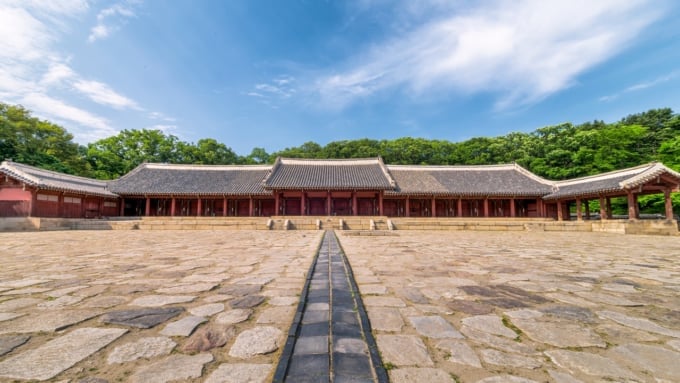
Jongmyo Shrine in Seoul, South Korea, was designated a UNESCO World Heritage Site in 1995. This sacred space houses the memorial tablets of Joseon Dynasty kings and queens. Standing before the long, horizontal main hall, one immediately feels a sense of tranquility and reverence.
The unique structure of the main hall is considered a rare find, not only in Korea but also on a global scale, making it a truly exceptional and invaluable part of the world's cultural heritage.
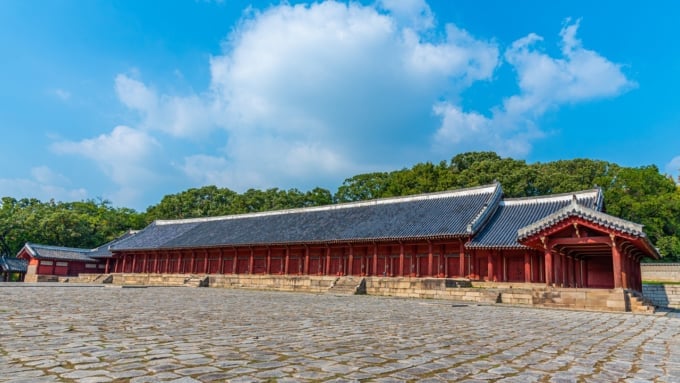
Every May, Jongmyo Shrine hosts the Jongmyo Jerye, a grand ancestral rite that has been inscribed on the UNESCO Intangible Cultural Heritage list. While it may lack the grandeur of some other Korean World Heritage sites, the serene atmosphere and deep-rooted royal traditions make it a truly special place. The solemn rituals, accompanied by traditional music and dance, offer visitors a glimpse into the heart of Korea's Confucian heritage.
Name: Jongmyo Shrine
Address: 155 Jong-ro, Jongno-gu, Seoul, South Korea
Official/related website URL: http://jpn.cha.go.kr/japanese/html/sub2/sub3.jsp
3. Suwon Hwaseong Fortress
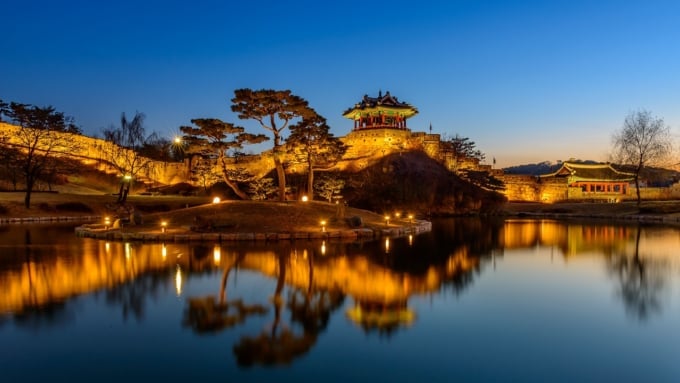
Located just outside of Seoul in Suwon, Hwaseong Fortress was designated a UNESCO World Heritage site in 1997. Constructed in 1796, this innovative fortress city showcased cutting-edge materials and techniques for its time in Korea.
At the heart of Hwaseong Fortress lies Hwaseong Haenggung, a magnificent palace that served as King Jeongjo's royal retreat. Recognized as the largest and most beautiful palace of its kind in Korea, Hwaseong Haenggung often hosts events such as sword dance performances.
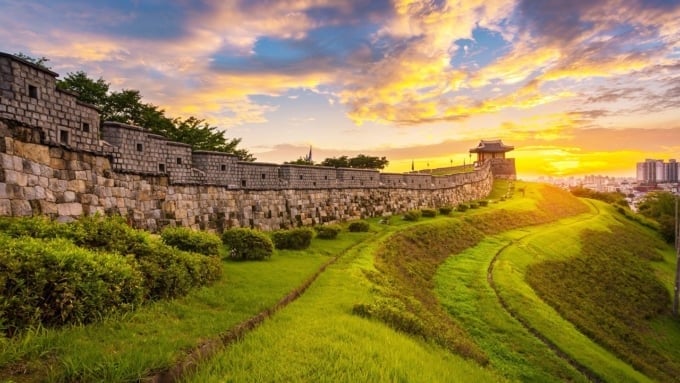
Suwon Hwaseong boasts a magnificent 5.7-kilometer-long fortress wall, making it a must-see destination for history buffs and outdoor enthusiasts alike. The fortress, a UNESCO World Heritage site, features innovative construction techniques and offers visitors a glimpse into Korea's rich historical past. Just a short train ride from Seoul, it's an easy day trip for travelers wanting to explore this architectural marvel.
Name: Hwaseong Fortress
Address: 6-2 Namchang-dong, Paldal-gu, Suwon-si, Gyeonggi-do, South Korea
Official/related website URL: http://japan.swcf.or.kr/?p=31
4. Namhansanseong Fortres
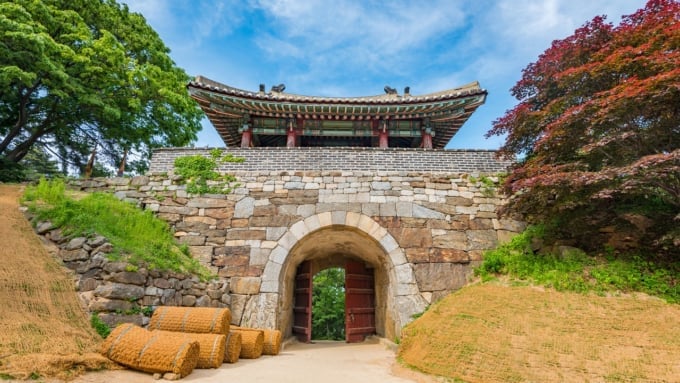
Namhansanseong Fortress, a UNESCO World Heritage Site since 2014, is a historic mountain fortress located in Gwangju, Gyeonggi-do, near Seoul. Constructed during the Goguryeo period as a refuge for the capital city of Hanyang in times of crisis, the fortress showcases a unique blend of Korean architectural elements influenced by both China and Japan. Its well-preserved gates, watchtowers, and sections of the fortress wall, along with the panoramic views from its temples, offer visitors a glimpse into Korea's rich history and natural beauty.
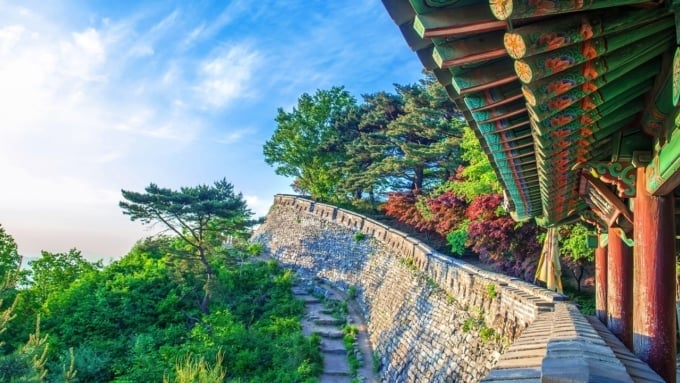
With its stunning seasonal landscapes, Namhansanseong Fortress is a popular weekend destination for Korean hikers. Offering a variety of trails to suit hikers of all levels, it's the perfect place to enjoy a leisurely stroll or a challenging climb while exploring a UNESCO World Heritage site.
Name: Namhansanseong Fortress
Address: 563 Sansung-ri, Joongbu-myeon, Gwangju-si, Gyeonggi-do, South Korea
Official/related website URL: http://japanese.visitkorea.or.kr/jpn/ATR/SI_JPN_3_2.jsp#Namhansanseong
5. Seokguram Grotto and Bulguksa Temple
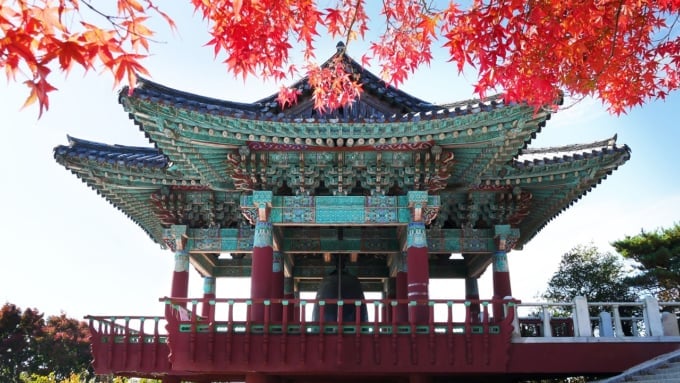
Seokguram Grotto and Bulguksa Temple are two of the most iconic UNESCO World Heritage Sites in Gyeongju, South Korea. Carved into the slopes of Toham Mountain, Seokguram is a unique cave temple featuring a serene Buddha statue that is sure to bring peace of mind. Bulguksa Temple, also located on Toham Mountain, complements Seokguram, offering visitors a chance to explore the rich history of Korean Buddhism.
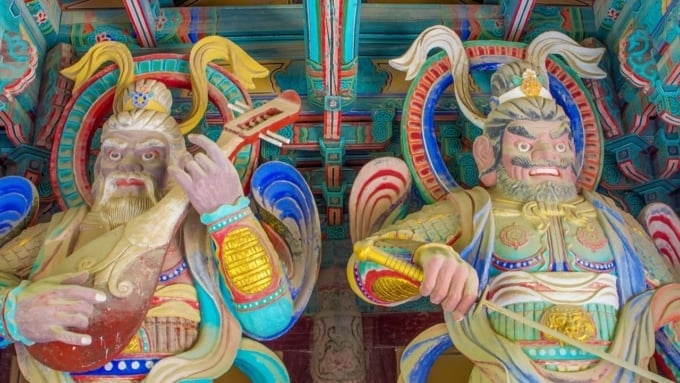
While Seokguram Grotto is renowned for its stunning Buddha statue, Bulguksa Temple is celebrated for its architectural beauty. With its exquisite wooden buildings and serene gardens, Bulguksa is particularly breathtaking during autumn when the leaves turn vibrant hues. Many of the temple's structures, including the Cheongun Bridge and Baekun Bridge, are designated as national treasures. To reach Seokguram Grotto, visitors typically take a bus that stops at Bulguksa Temple. A short hike of about 20 minutes is required from the bus stop to the grotto, so comfortable shoes are recommended.
Name: Seokguram Grotto & Bulguksa Temple
Address: 999 Jinhyeon-dong, Gyeongju-si, Gyeongsangbuk-do, South Korea (Seokguram Grotto)
Jinhyeon-dong, Gyeongju-si, Gyeongsangbuk-do, South Korea (Bulguksa Temple)
Official/related website URL: http://guide.gyeongju.go.kr/deploy/jpn/enjoy/02/index.html
6. Gyeongju Historic Area
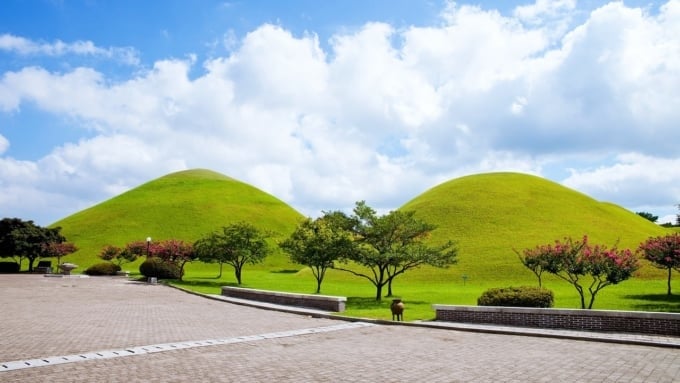
Gyeongju, located near Busan in southern Korea, was once the capital of the Silla Kingdom. This UNESCO World Heritage site is often referred to as an "open-air museum" due to the abundance of ancient ruins scattered throughout the city. The Gyeongju Historic Areas encompass five distinct regions: Namsan, known for its Buddhist art; Wolseong, the site of the ancient palace; Daereungwon, a vast tomb complex; Hwangnyongsa Temple, famous for its unique stone pagoda; and the mountain fortress area. Together, these regions offer a comprehensive look at Silla's rich history and culture.
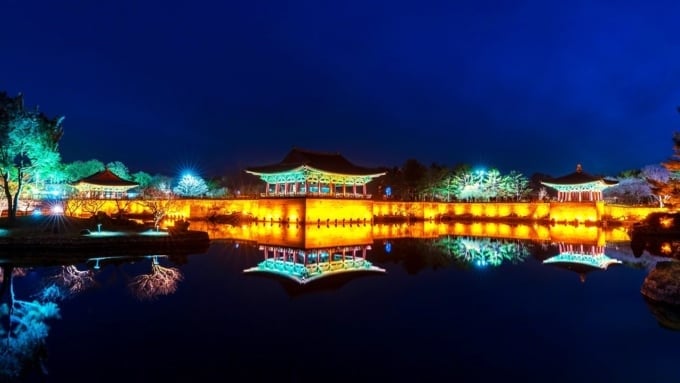
Gyeongju, the ancient capital of the Silla Kingdom, is renowned for its rich history, especially the era of Queen Seondeok, Korea's first female ruler. Her legacy is evident throughout the city, particularly at Cheomseongdae, the world's oldest observatory, which she is believed to have constructed. A visit to Gyeongju isn't complete without witnessing the breathtaking night views of Cheomseongdae and Anapji Pond, illuminated against the night sky.
Name: Gyeongju Historic Areas
Address: Throughout Gyeongju, South Korea
Official/related website URL: http://guide.gyeongju.go.kr/deploy/jpn/enjoy/03/03_01/index.html
7. Haeinsa Temple Library
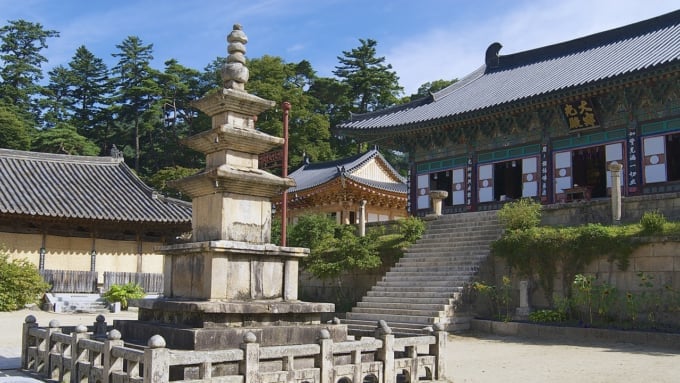
The Haeinsa Tripitaka Koreana Storage is a building that houses the Haeinsa Tripitaka Koreana (the 80,000 Great Tripitaka), which was designated as a World Heritage Site in 1995. The 80,000 Great Tripitaka refers to wooden printing blocks carved with Buddhist scriptures that took 16 years to create.
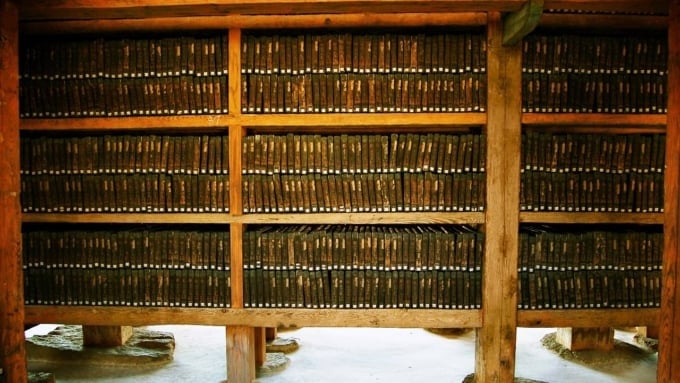
Comprising a total of 81,258 blocks, this Tripitaka Koreana is recognized as the oldest surviving wooden-block printed Buddhist canon in the world, making it a priceless cultural treasure not only for Korea but for the entire globe. The Haeinsa Tripitaka Koreana Storage, which houses these precious scriptures, was constructed in the 15th century. Strategically located on the highest point of the Haeinsa temple grounds, the building enjoys a constant breeze, providing an ideal environment for preserving these ancient texts.
Haeinsa Temple is situated in Gyeongsangnam-do, South Korea, and can be easily reached by bus from Daegu. A pleasant hiking trail connects the bus stop to the temple, offering visitors a chance to enjoy the scenic mountain views. Just before the temple entrance, visitors can also appreciate the unique fusion of ancient tradition and modern art in a contemporary art exhibition.
Name: Haeinsa Temple
Address: 10 Jirin-ri, Gaya-myeon, Hapcheon-gun, Gyeongsangnam-do, South Korea
Official/related website URL: http://japanese.visitkorea.or.kr/jpn/ATR/SI_JPN_3_2.jsp#Haeinsa
8. Hahoe Village and Yangdong Village
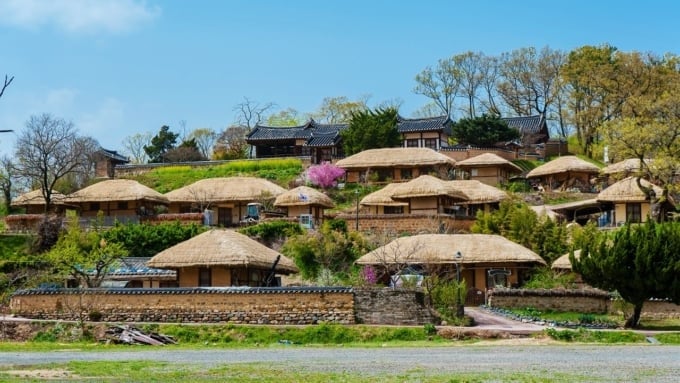
Hahoe Village in Andong and Yangdong Village in Gyeongju, both located in North Gyeongsang Province, South Korea, are renowned clan villages. These villages, dating back to the 14th and 15th centuries, were designated as UNESCO World Heritage Sites in 2010. Featuring traditional Korean houses with tiled or thatched roofs, as well as seowon (Confucian academies) where yangban (aristocrats) once studied, these villages offer a glimpse into Korea's rich cultural heritage. Remarkably, some of the houses in these villages are still inhabited today.
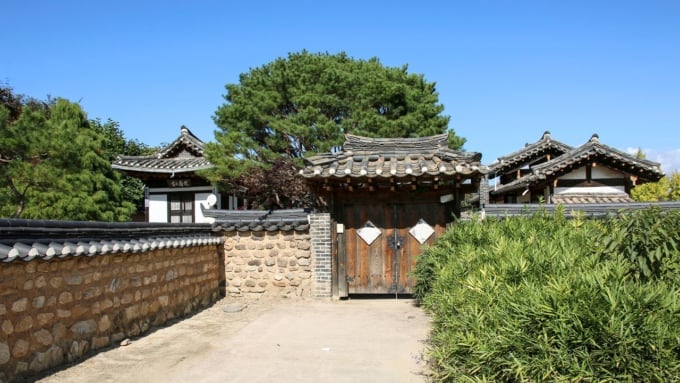
Hahoe Village is famous for its 'Hahoe Byeolsin Guttalnori' mask dance. Every autumn, the Andong International Mask Dance Festival is held. To fully experience the charm of both Hahoe and Yangdong Villages, visiting during the mask dance festival is highly recommended. Yangdong Village offers breathtaking views of Seolchangsan Mountain. From Busan, it takes about 2.5 hours to reach Hahoe Village by bus, while Yangdong Village can be reached from Gyeongju in about 30 minutes by bus.
Name: Hahoe Village & Yangdong Village
Address: Hahoe Village: Hahoe-ri, Pungcheon-myeon, Andong-si, Gyeongsangbuk-do, South Korea
Yangdong Village: 94 Yangdong-ri, Gangdong-myeon, Gyeongju-si, Gyeongsangbuk-do, South Korea
Official/related website URL: http://japanese.visitkorea.or.kr/jpn/ATR/SI_JPN_3_2.jsp#HistoricVillages
9. Baekje Historic Areas
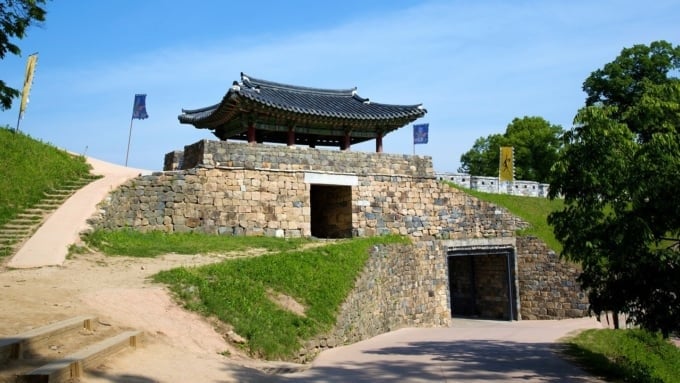
The Baekje Historic Areas, inscribed on the UNESCO World Heritage List in 2015, encompass a vast collection of archaeological sites spanning the cities of Gongju, Buyeo in Chungcheongnam-do Province, and Iksan in Jeollabuk-do Province. Baekje was one of the ancient Korean kingdoms, and Gongju served as its capital.
Gongsanseong fortress, built to protect the Baekje capital, is a highlight of this World Heritage site. Visitors can enjoy scenic walks along the fortress walls, offering panoramic views of Gongju city. The Songsan-ri Tomb Cluster and the tomb of King Muryeong, along with their accompanying museums, showcase valuable artifacts unearthed from these sites. To fully immerse yourself in Baekje culture, a visit to Busosanseong fortress in Buyeo is recommended. The view from the fortress's Nakhwajeom rock is particularly breathtaking.
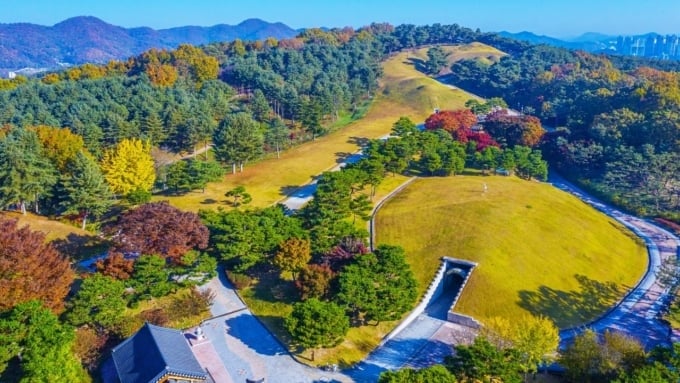
In Iksan, Jeollabuk-do Province, the Mireuksaji Temple site boasts the largest stone pagoda in Korea. Other significant sites within the Baekje Historic Areas include three additional locations in Buyeo and the Wanggung-ri site in Iksan.
Name: Baekje Historic Areas
Address: Gongju-si & Buyeo-gun, Chungcheongnam-do; Iksan-si, Jeollabuk-do, South Korea
Official/related website URL: http://japanese.visitkorea.or.kr/jpn/ATR/SI_JPN_3_2.jsp#Baekje
10. Gochang/Hwasun/Ganghwa dolmen ruins
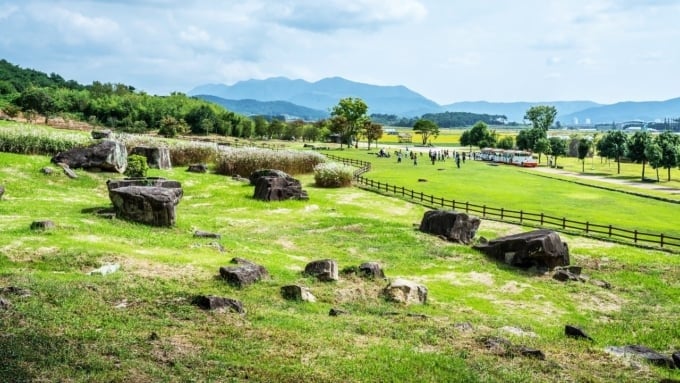
The Megalithic Dolmens in Jeollabuk-do, Jeollanam-do, and Ganghwa Island in South Korea were designated as a UNESCO World Heritage Site in 2000. Dolmens are a type of megalithic tomb constructed from large stones. Among the three regions, Gochang in Jeollanam-do boasts the highest number of dolmens, with approximately 1,550, of which 447 are included in the World Heritage Site. Gochang also houses a dolmen museum featuring outdoor exhibits that recreate ancient Korean homes and lifestyles.
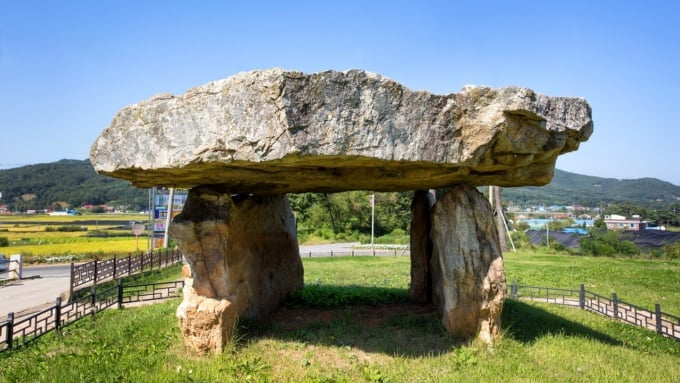
Ganghwa Island, located near Seoul, is closer than the other regions. The island is home to Goryeo Dynasty palaces and historical sites that are essential for understanding Korean history. The dolmens on Ganghwa Island, designated as a World Heritage Site, are characterized by their unique table-like shape, formed by placing a horizontal stone on top of two vertical stones.
Name: Gochang, Hwasun, and Ganghwa Dolmen Sites
Address: Gochang, Jeollabuk-do; Hwasun, Jeollanam-do; Ganghwa-gun, Incheon Metropolitan City, South Korea
Official/related website URL: http://japanese.visitkorea.or.kr/jpn/ATR/SI_JPN_3_2.jsp#DolmenSites
11. Joseon Royal Tombs
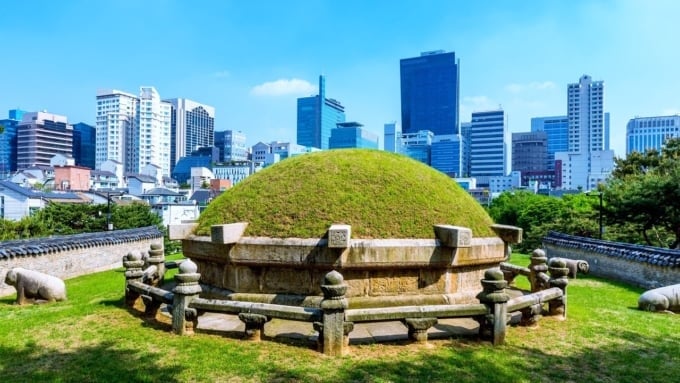
Of the 44 Joseon Royal Tombs located in Seoul, Gyeonggi-do, and Gangwon-do, 40 have been designated as UNESCO World Heritage Sites. Royal tombs, similar to the Great Tumuli Park in Gyeongju, are the burial places of Korea's past kings and queens.
Let's start by visiting Seonjeongneung in Samseong, Seoul. Seonjeongneung consists of two royal tombs: Seonreung, the tomb of King Seongjong, the 9th king of the Joseon Dynasty, and his secondary queen; and Jeongreung, the tomb of King Jungjong, the 11th king and Seongjong's son. A unique characteristic of these World Heritage-listed tombs is the juxtaposition of ancient burial mounds against a backdrop of modern high-rise buildings
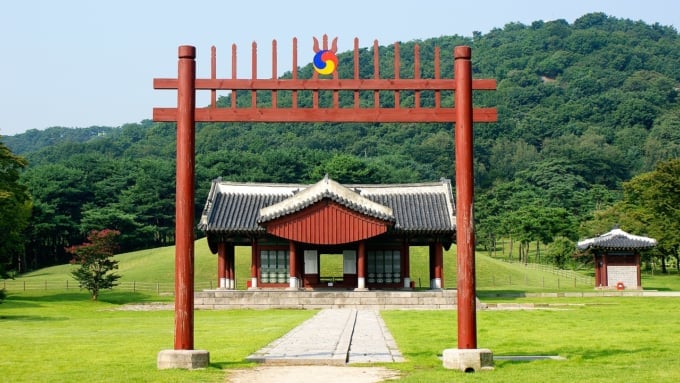
Yeongneung, the tomb of King Sejong the Great, who is famous for creating the Korean alphabet Hangeul and whose statue stands in Gwanghwamun Square in Seoul, is located in Yeoju, Gyeonggi-do. Yeongneung is renowned as one of the most beautiful of the Joseon Royal Tombs, which are designated as a UNESCO World Heritage Site.
Name: Royal Tombs of the Joseon Dynasty
Address: Seoul, throughout Gyeonggi-do, and Yeongwol-gun, Gangwon-do, South Korea
Official/related website URL: http://japanese.visitkorea.or.kr/jpn/ATR/SI_JPN_3_2.jsp#JoseonDynasty
◎Summary
A journey to South Korea's World Heritage Sites is a journey through time. Exploring these historical landmarks, coupled with watching captivating historical dramas, can deepen one's appreciation for Korea's rich heritage.
While Jeju Island offers a different kind of natural wonder, the Korean Peninsula is brimming with historical sites waiting to be discovered. It's exciting to think about which of these places will be recognized on the global stage as UNESCO World Heritage Sites.
RELATED ARTICLES
REGIONS
CATEGORIES
FEATURED ON South Korea
-
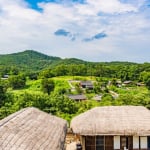
600 Years of Radiant Tradition: Korea’s Historic Villages of Hahoe and Yangdong
-
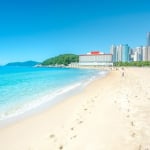
4 recommended beaches in Busan, South Korea! Let’s enjoy the sea in summer!
-

Smooth Skin with Seawater Hot Springs! 4 Recommended Jjimjilbangs Near Busan Station
-

Shopping in Myeongdong! Must-Check Korean Brands Introduced!
-
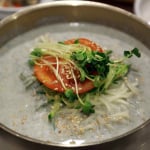
If You’re Having Lunch in Seoul’s Gourmet Battleground, Myeong-dong, This is the Place! 3 Recommended Spots
MOST POPULAR ON South Korea
-
 1
1Doha: Must-see Attractions in the Capital of Qatar
-
 2
2Toronto: 10 Things to do in this Picturesque Canadian City
-
 3
3Amarillo: A City Famous for It’s Amazing Canyons, Great History and Music
-
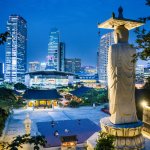 4
4South Korea: Dazzling Scenery, Rich Culture and Fascinating History
-
 5
5Kuwait: A Country in Middle East Asia Famous for Hot Sand Dunes and Stunning Cityscape





